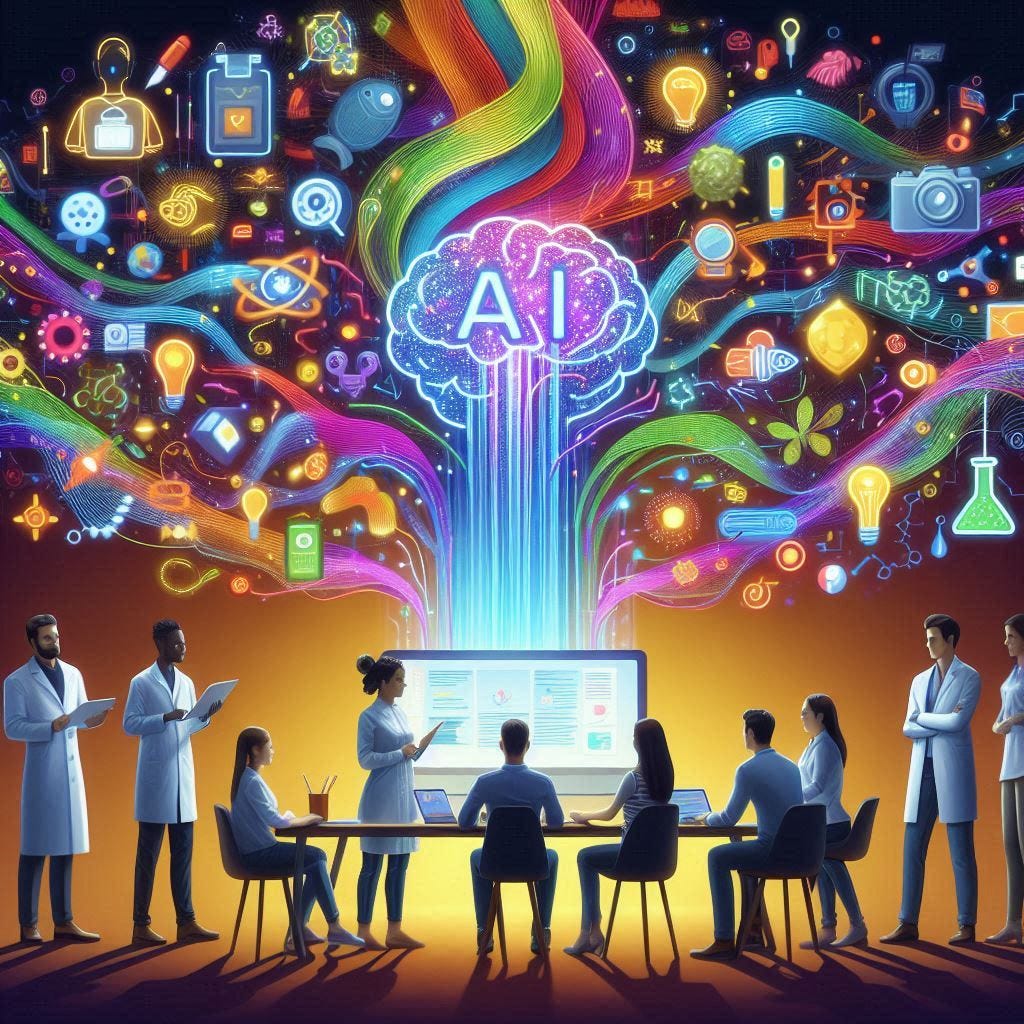As the 2020 comes to an end, I would like to share my experience of working on an initiative started this year.
Inspiration
As a parent, I would often tell stories to my son, and several times the stories would be of famous people based on my reading. Over the years, I came to know about many names from different sources, through different people, and realized that there are so many such stories we do not know about. There are names whose life can provide so much inspiration but are hardly known or forgotten in the layers of history.
With this thought, I started to look around, collecting names of people wo helped shape India in last two centuries. Focus was mostly around freedom fighters, revolutionaries, scientists, armed forces, artists, poets, authors, and educationists. I was lucky to get guidance from Shri Arvind Gupta whose provided me his book ‘Bright Sparks’ that contained stories of India’s scientists. From Rachna Rawat’s ‘The Brave’, I got stories of Param Vir Chakra heroes.
Over the time, I got more than 200 names. I called them ‘Heroes’. But how should these stories be conveyed?
What if these stories are told on the birth anniversary of each Hero?
This would be the best way to remember that hero. And that is how the idea of Indian Heroes Calendar (IHC) originated. The purpose is to provide an interesting and encouraging introduction about each hero Once readers get to know about the hero, they can explore them in greater details through various books and other resources.
Vision:
To help build a knowledgeable society
that remembers its heroes with pride.
Mission:
Spread information about Indian
heroes to each corner of the country and across the world.
How it started
While the concept was there, names have been collected, the writing of stories was delayed due to multiple reasons. When the pandemic came, and changed the life, realization came that it had to be done now.
From April 2020, story writing began. In the same month, social media accounts were created, and decision was made to share the stories through those handles. Over the time, content was improved, and tools were incorporated to create better graphics and to ease publishing. From June, Hindi version of the stories were also published. The time saved in driving while doing WFH was used to create the stories, and by August, more than 100 stories were created.
Over the time some new names were also added in the original list, and stories of 203 Heroes were completed by December 2020. Out of which, 160 stories will be published by December end. Along with individual stories, monthly booklets have also been published in both English and Hindi since June.
Fun with Heroes
Since October, we started a weekly story telling session to 5-15 years kids on Indian Heroes. Every Sunday, stories of 5-6 heroes, mostly born during that week are told in an interactive way. The sessions are published on the YouTube channel.
So far we have conducted 11 Fun With Heroes sessions. Do reach out if you want to be a part of these sessions.
App and Website
As the time permitted, work on IHC website and app (Progressive Web App) was also started with the help of https://corecotechnologies.com/ under the guidance of Vijay Suryawanshi. Very soon this will be launched in the new year to help reach the stories to greater audience.
Future
The underlying aim of this initiative is to take these stories to every corner of the world.
A lot of things are planned or being though about to fulfill that aim.
- Converting the content into regional languages
- Create video and audio stories on these Heroes
- Take these stories to schools and other institutes
- Start a weekly/monthly newsletter on these Heroes
- Expert discussions and talks
- Create short story books on these heroes for young children
- Connect these stories with geographical locations and create awareness about the historical importance of these places and surroundings
As you can see, a lot to be done and I would not mind few helping hands who found this concept interesting.
I extend my thanks to Ria Hansda for reviewing the stories to correct errors and make them readable. Many thanks to my friends and online community who pointed out errors or provided useful information. Special mention of my family who provided me all the support and time to focus on this initiative.
Learnings
It would be an understatement to mention that this initiative changed me personally. It brought plethora of new information, some of which made me realize how little I knew before. It provided different aspects of Indian history, innovations, and transformation, enhancing my understanding to a great extent. It improved my story writing and forced me to understand different aspects of storytelling. I learnt new software and tools to present the stories in a better way. I even learn new words and their Hindi meanings. The Fun with Heroes sessions with kids kept me on toes and never allowed me to lose my focus!
Ways to Connect
Instagram:
https://www.instagram.com/indianheroescalendar/
Facebook:
https://www.facebook.com/IndianHeroesCalendar/
Twitter:
https://twitter.com/IndianHeroesCal









